Richard Griot, owner of Griot’s Garage car care products in the US, is an avid F1 collector. His credo for collecting is fairly simple. “I want a car that won in a championship year and won a race in that championship year, and I have had the opportunity to collect those cars.” But there’s one other lesson: Griot wants cars he can drive, and he has learned through bumps and bruises – and a bit of terror – that cars from about 2000 and newer are very hard to pilot if you’re anything shy of a professional driver.
Griot once owned chassis number 203, the car that Michael Schumacher piloted to win the Canadian Grand Prix back in 2000. That was the beginning of Schumacher’s incredible five drivers’ championships at Ferrari, and Griot acquired the car in the teeth of the Great Recession. “Things don’t always go up for people. Sometimes they go sideways and that’s when to buy.”

Griot drove that car at Ferrari’s Fiorano test track, a notoriously difficult circuit for mere mortals to manage.
He had help: Ferrari’s F1 Clienti program provided an entire crew, which is absolutely necessary. Starting the ignition on an F1 car from the late 1990s or early 2000s requires between 1.5 and 2.5 hours of prep. Precise tolerances mean the engines need to be pre-warmed. A swath of sensors across the engine reports to period-specific computer software. And that’s just getting the car started. Specialised parts are another story, with steering wheels, wings, and fuel tanks that cost tens of thousands of pounds. Depending on the era, these drivetrains may not have even been designed to last more than a grand prix or two.
Then there’s you – actually fitting in the car. “I’m not exactly F1-sized,” Griot says with a laugh. “I’m 6 feet tall with a 32-inch inseam.” Griot said the techs had to unbolt the seat, and he ran his laps belted to the floor of the car because he couldn’t get inside otherwise. Somehow he managed to clock over 170mph, and he’s happy to have had the experience – but he sold that Ferrari. Griot regularly drives Formula 1 cars from the 1970s and early 1980s in the Masters Historic Racing series, but the Schumacher car is just too new to be able to run without a dedicated crew. “You could probably figure some of this out, like supposedly there’s a way to start the car from the steering wheel, but then there’s the constant hassle of it, and it’s at least a $100,000 mistake if you do it wrong – you could implode the engine pretty quickly.”
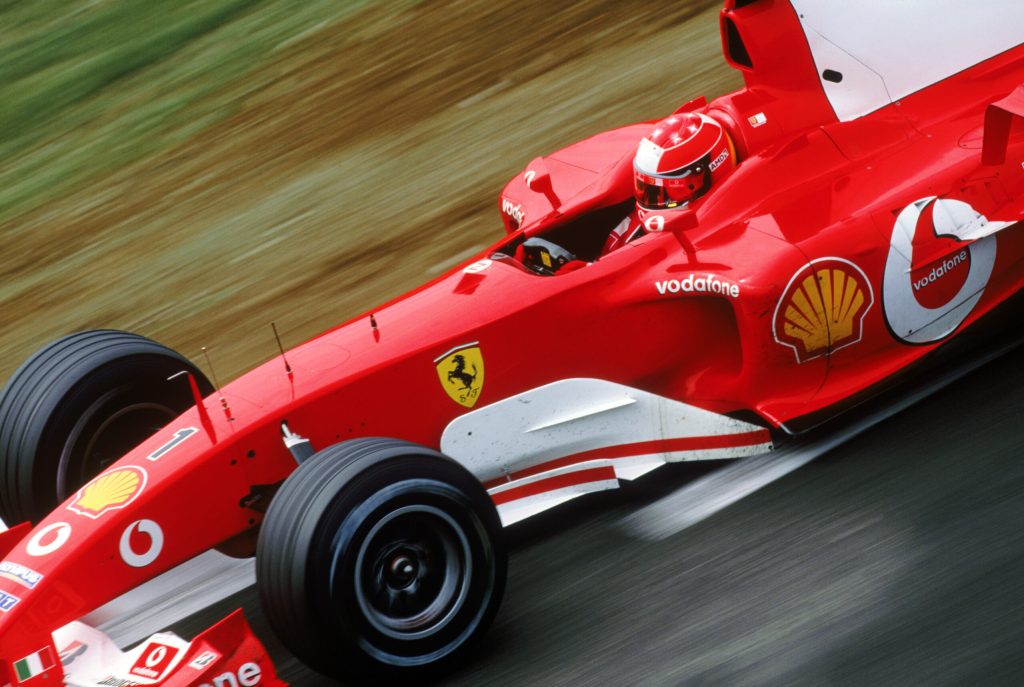
Not to mention, even with Griot’s considerable training in older Formula 1 cars, the fitness required to drive something newer stunned him. “This was a decade ago, and it was so taxing on my body. The gs in those cars – I think I spent all my energy trying to brace myself.”
Griot hasn’t stopped chasing the modern F1 dream. “I have Ayrton Senna’s 1992 MP4/7, chassis number seven, that he won the Monaco Grand Prix with,” he says, adding, “I haven’t driven that car yet, but I’m getting in better shape to do that.”
Not because they are easy, but because they are hard.
Griot’s experience highlights all the challenges of collecting a modern F1 car yet also, perhaps, the appeal. Anyone with a certain level of wealth can buy that Ferrari F50 at auction. Only a select few have the wherewithal to buy, own, and operate a modern F1 car. They are, in essence, the moonshot of car collecting (although the Apollo spacecraft have nothing on modern F1 cars when it comes to complexity).
Formula 1 has long been one of the world’s most popular sports. Until relatively recently, however, the cars of the modern era – loosely defined as those produced since the mid-1980s, when turbocharged engines supplanted venerable Cosworth DFV V8s on the grid – earned little interest from collectors.
That seems to be changing. As we experience a broader F1 renaissance, which includes a hit series on Netflix, record attendance, and a pivot in dominance to Red Bull and three-time champ Max Verstappen from Mercedes and its star driver, Lewis Hamilton, more and more modern F1 cars have come up for sale and, lately, selling for surprisingly high prices. Not just at collector car auctions, either, but at fine art and luxury sales as well. “There’s been quite a jump in prices, and one thing I’ve noticed is a lot of people want a Schumacher car, for obvious reasons,” said Colleen Sheehan, sales manager for Ferraris Online.
At an RM Sotheby’s “Luxury Week” sale in November 2022, Michael Schumacher’s race-winning Ferrari F2003-GA from his sixth championship-winning season sold for CHF 14.6M (£12.5 million), setting a new bar as the most expensive modern F1 car ever sold publicly. RM Sotheby’s used its sealed-bid process to sell another Schumacher car, the third modern F1 car offered for sale publicly in the first four months of 2023. That’s a marked uptick from just a decade ago, when we rarely saw more than a couple of these cars appear at auction, where they often failed to break seven figures.
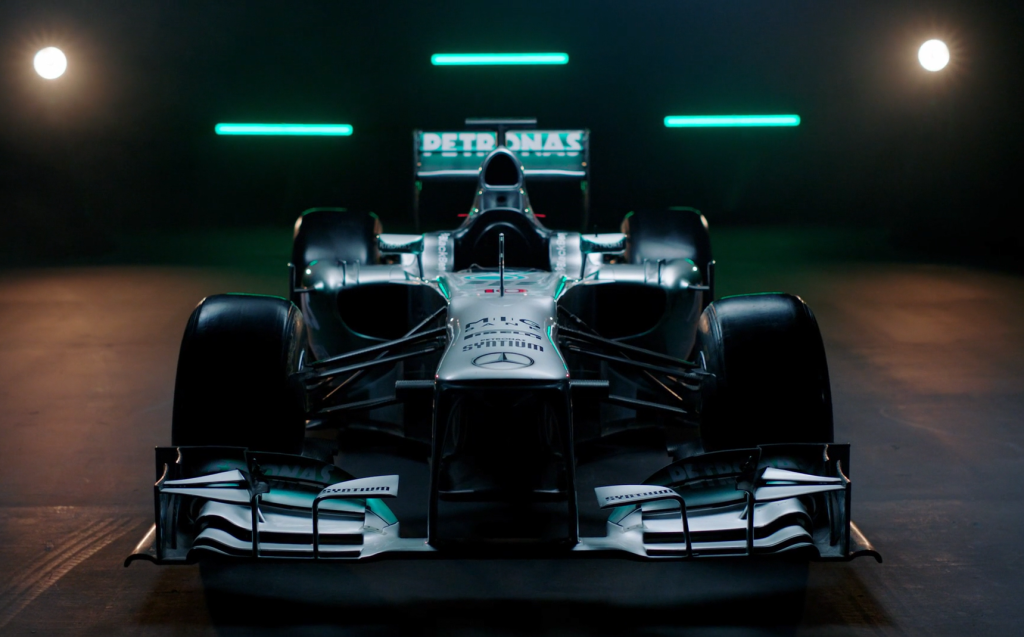
F1’s ongoing rise in popularity has driven even more special cars to market. On 17 November, at an auction timed with F1’s return to Las Vegas, RM Sotheby’s broke the record again, this time with Lewis Hamilton’s 2013 Mercedes-AMG Petronas F1 W04. Sold for £15.13 against an estimate of £8M–£12M, the result shows that enthusiasm for these provenance-rich cars is as strong as ever.
Similar to RM Sotheby’s choice of venue, Bonhams leveraged the season-ending Abu Dhabi Grand Prix with an auction of its own, where it offered two modern F1 showpieces: Kimi Raikkonen’s 2006 McLaren-Mercedes-Benz MP4/21 (sold for £2.2M), and a Schumacher show car (not sold). While these cars couldn’t match the Hamilton W04’s price, they each brought an alluring bit of F1 history and added to the regularity with which we’re beginning to see these cars cross the block.
Yet modern F1 car ownership is a particular experience, given the complexity, specialised parts and systems, plus intensive labor involved. The choices (and prices) are surprisingly varied. You can pay as little as five figures for an F1 car or you can pay as many as eight. And you can do anything from hang it on your garage wall or park it in the lobby of your business to drive it through the tunnel at Monaco with other grand prix greats.
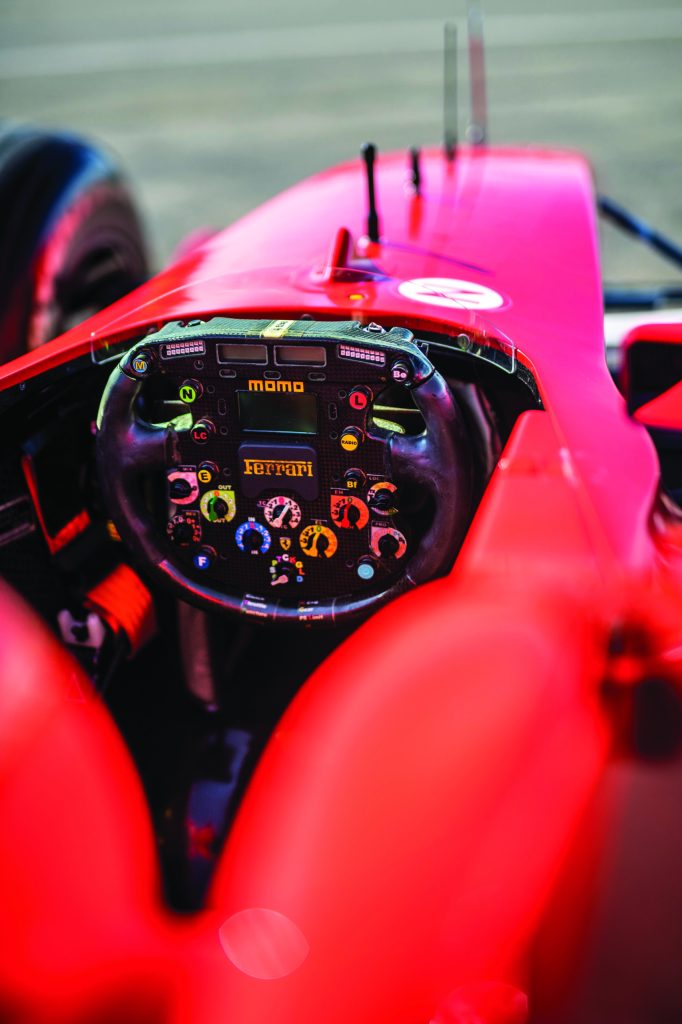
That wrinkle – what might be drivable versus a static display – makes it nearly impossible to build a price guide for old F1 machinery. Then there’s the fact that there are only a half-dozen cars per year per team (a bunch of which are crashed), and on top of that, the ones that survive rarely come up for sale. More often than not, they sell privately, if at all. Teams don’t offload their current crop of cars until after they’ve been off-track for a few years, since each car contains intellectual property that costs tens of millions to develop.
Different teams also treat their stables differently once they’ve completed a season. McLaren, Williams, and Red Bull tend to hang on to their own stuff, while Ferrari sells many of its cars to private customers (although it reportedly will disable the battery hybrid system on the 2014-and-later cars). And then there’s the endless churn of teams changing ownership or going bust, many of whose cars go into private collections or museums.
A further twist: Even if a car is theoretically “drivable,” some old F1 chassis are sold without a drivetrain, the car’s most expensive component. Static display is the fate of most F1 cars, and there’s even a secondary market for “show cars,” essentially 1:1 replicas used by teams for show and promo purposes.
Per Griot’s advice, one facet that guarantees collectibility is provenance. Sebastian Vettel’s Red Bull will clearly get a lot more attention than Vitaly Petrov’s Caterham.
Speaking of which, Griot offers an extra nugget: “Any McLaren, any Ferrari, even if it wasn’t a championship year, if it won a race….” He trails off. “But then again, if that race was won by the second driver, then you know, that kind of notches it down.” Even so, he admits he has never lost money on any F1 car.
That doesn’t mean F1 cars always rise in value. In September 2022, two months before the then-record-setting Schumacher sale, a 2011 Force India with neither a drivetrain nor any history to speak of went for only £69,000 at Bonhams’ Goodwood Revival auction. You could purchase a regional rental car fleet – 189 Force Indias – for the same money as the single Schumacher Ferrari, though, naturally, the latter car is the one to lust after.
Other winning Ferraris driven by Schumacher have sold at auction for £5.9M, £5.2M, and £5.1M; several older, less successful rides from Scuderia Ferrari’s rich history include Jean Alesi’s 1991 Ferrari 643 for £3.1M as well as his 1994 412 T1 for £1.5M; Nigel Mansell’s 1989 Ferrari 640 for £3M; Mario Andretti’s 1982 Ferrari 126 C2 for £1.7M; and Michele Alboreto’s 1987 Ferrari F1/87 for £620K.
Curating vs. Driving
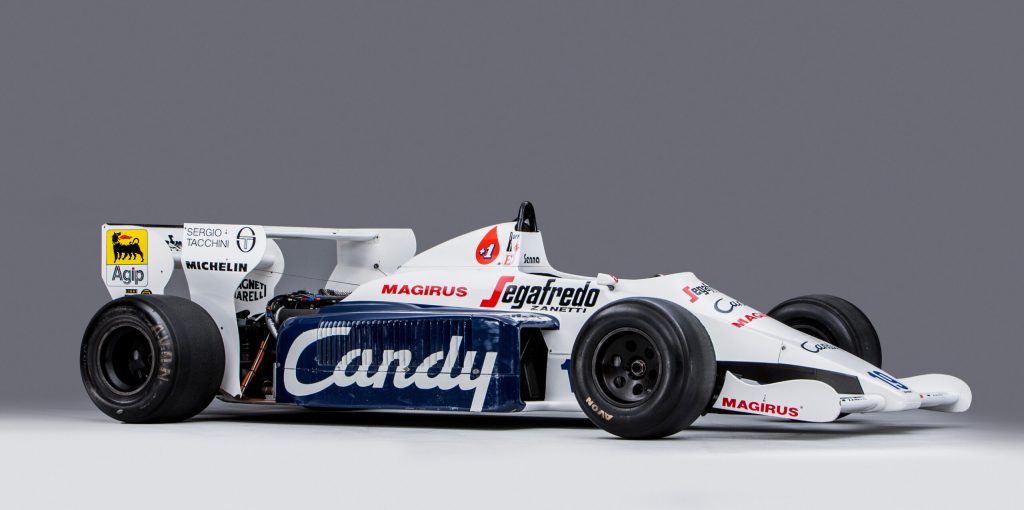
To make clear just how much of a premium history brings, consider cars like Ayrton Senna’s Toleman-Hart from 1984. Toleman was not a successful team; it operated for five years and never won a race. But because Ayrton Senna started his F1 career with Toleman in ’84, had a breakout performance that year with a second-place finish at Monaco, and then went on to become one of the all-time greats, his ’84 Toleman brought £1.4M at auction back in 2018. There’s a similar story with Michael Schumacher’s 1991 Jordan-Ford. In performance and design, the car is nothing special, but it’s also the car in which Schumacher made his controversial debut before going on to win seven titles, so it brought £1.3M at auction last year. Similar cars without that kind of provenance bring much, much less. A 1990 Arrows sold for £131K in 2021, a 1989 Lola sold for £110K in 2019, and another Jordan, this one from 1996, sold for £216K in 2019.
If you wanted a Senna car with better pedigree, Richard Griot has that Monaco-winning 1992 MP4/7 – but it’s not for sale. In fact, Griot even has mixed feelings about abiding by his own ethos of always collecting what he can drive “and not being ‘that guy.’ You know, I don’t want to be the first one that rolls this up into a ball and destroys that history. I also want to be able to go to work on Monday.”
The other premium goes for usability. The hard truth is that running an F1 car as an individual – even an individual with deep pockets – is nearly impossible. “These collectors have cars which can cost upwards of $2 [million] to $4 million [in value], which they can pay to run privately at some of the world’s iconic racing locations. The car could do one lap and an issue with a component can arise – anything from the tiniest leak to a total part failure – wiping out their track time and grounding the car, in some cases for over a year, while a new part is sourced or reverse-engineered,” explains Adam Wright, global director for TDF, a UK-based firm that helps collectors drive modern F1 cars.
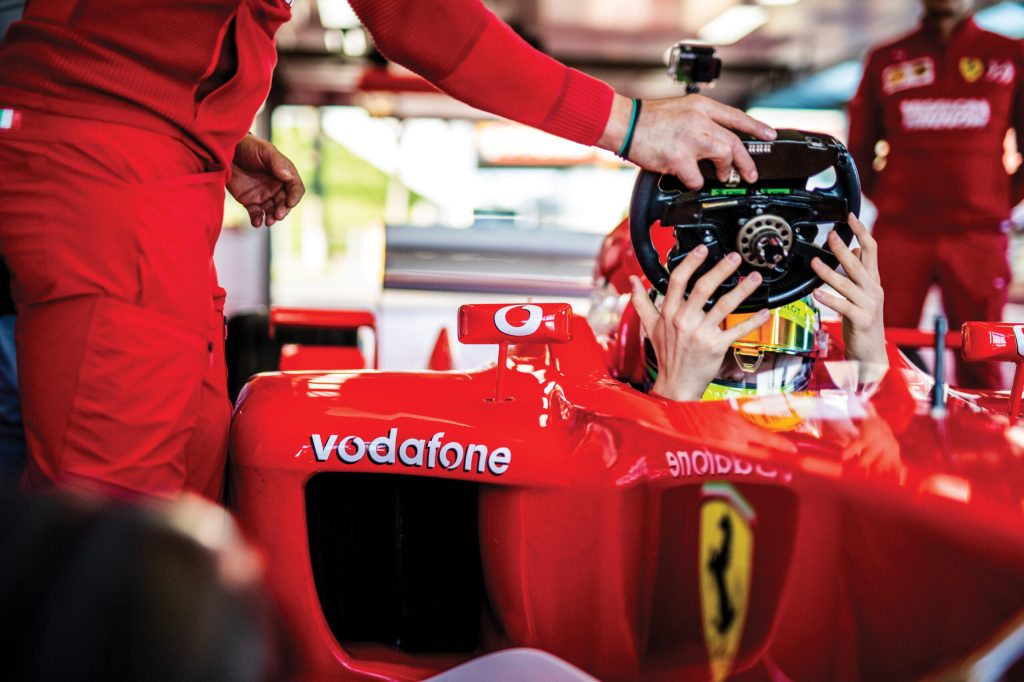
In the realm of cars you can actually drive, Scuderia Ferrari, despite its current struggles on track, has an apparent advantage. The company’s Corse Clienti program, specifically the F1 Clienti, makes driving an F1 Ferrari at speed a real, albeit expensive, possibility if you’re fortunate enough to own one.
F1 Clienti can run single-seaters from 1970 to as recent as two years prior to the current season, and Ferrari will store, maintain, transport, and support the cars at designated track days. Since Ferrari has the tooling, designs, parts, and (for modern cars) software for its cars and the personnel to make it all happen, it’s a much easier process than being on your own, trying to figure out how to run a car from a long-defunct team. Ferrari is mum on the costs of these programs (and they surely vary), but we hear a single event can cost tens of thousands of pounds.
McLaren retains most of its old greats in its fabled “Unit 2” facility and has released far fewer into private hands. The company declined to comment for our story but has, we hear, a similar but smaller and newer program than Ferrari that currently services six to eight customer cars for track events. And although Lotus is no longer one of the 10 teams on the Formula 1 grid, Classic Team Lotus operates a stable of vintage Lotus grand prix cars and will service historic Lotuses that are in private hands. You do have to note Griot’s caveat with all of the above, which is that when and where you drive isn’t entirely in your control.
Let’s say you have one of those old cars from a defunct team, however, drivetrain and all, and don’t want it to be merely expensive garage art. You’re not necessarily out of luck. There are private firms, like TDF, that will run your midpack Arrows, Minardi, or Sauber for you – although Wright cautions that his crew “is not keen on running cars that we haven’t done the due diligence on,” including crack testing and a fastidious mechanical inspection, “because we have a huge duty of care for our clients when we are trackside.”
If that all sounds overly complicated, TDF offers something called the TDF-One, which takes a Formula 1 chassis and combines it with fewer fragile, temperamental parts and a less highly stressed engine. No preheating, no ancient laptops. It essentially mimics the experience of driving a modern F1 car without needing a team of engineers to do so. Wright says two technicians can handle pit duties and says costs are comparable “to running any GT product from any manufacturer.” They will implement subtle tweaks to the braking and steering, too, to make them a bit more approachable and will even dress your car in custom livery. Still, these aren’t cars to collect, and the cost to participate starts at about £1.25 million.
Subtract complexity, add nostalgia
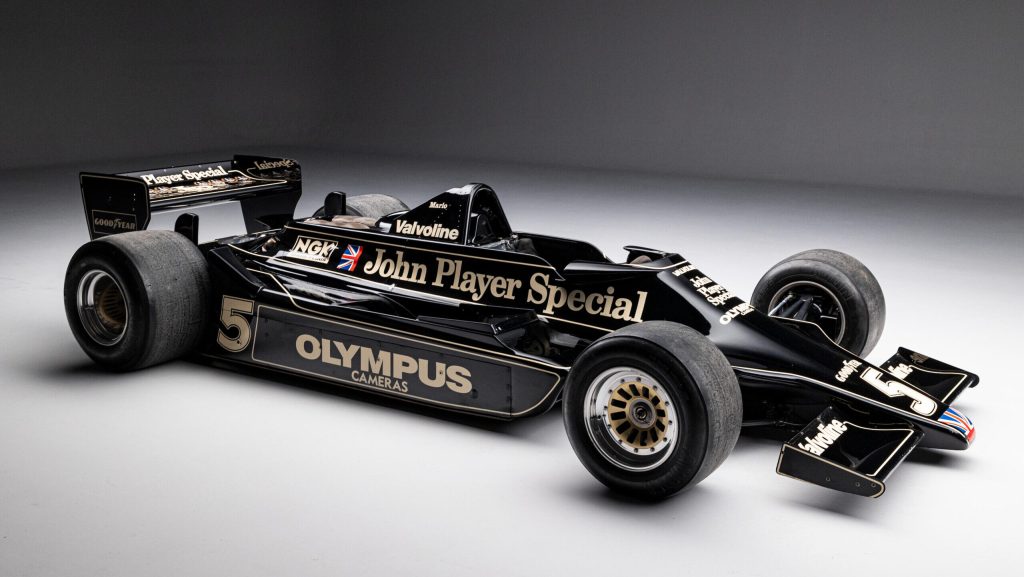
To avoid the headaches and pitfalls of F1 car ownership but still get that exhilarating, historic experience, you may need only turn back the clock a few years – to the 3.0-litre era of the late 1960s up to the mid-1980s. Compared with cars from the turbo era to today, the 3.0-litre cars are less complex and aren’t computerised. The vast majority spin their rear wheels via a Cosworth DFV V8 and Hewland five-speed gearbox, which are more common, as well as easier and cheaper to maintain. And they don’t cost much to buy. Niki Lauda’s 1975 Ferrari 312T sold for £4.9M at Pebble Beach a few years ago, but it’s much more common to find a ’70s F1 car in low-six-figure territory.
Cars of this era also have aero/downforce and 400–500bhp, which is plenty thrilling, but the cars are also simple enough that mere mortals with some racing experience can drive them near their limits.
Modern-era machinery
Cars from the 2000s onward aren’t just way more complicated and highly computerised. They take near-superhuman levels of talent and fitness to drive in anger, something that no car collector – or anyone other than an elite-tier professional racing driver, for that matter – has. “These things are tremendous stores of value,” Richard Griot says, “and they’re works of art. There’s nothing – nothing – more beautiful than a Formula 1 car on white displayed in someone’s home or garage.” And that, in his mind, is what the most recent F1 cars are for: exhibiting and collecting, not driving. “You know, only a maniac would want to drive one.”
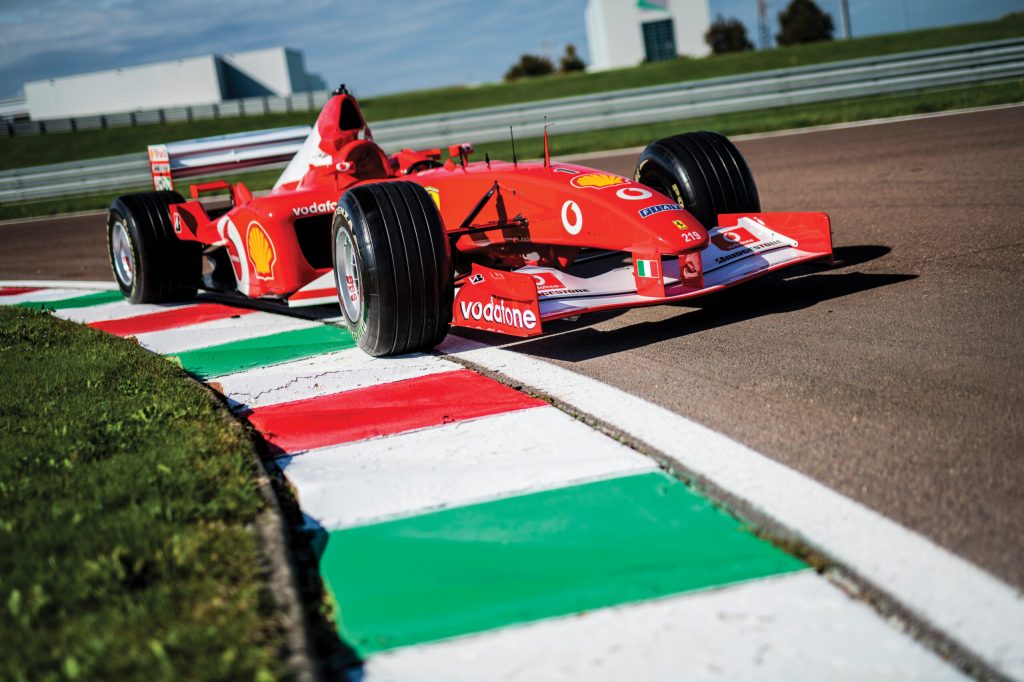
There are a few limited avenues beyond F1 Clienti where you can try your hand with somewhat newer cars. Formula Legends 3.5 is a historic series that brings together cars from the 3.5-litre era (1987–94). There is also Ignition GP, which was set up in 2021 and brings together F1 cars from 1989–97 “with some special guests up to 2005,” and BOSS GP (Big Open Single Seaters), which permits almost any top-level open-wheel car from the 1990s and 2000s, including F1, GP2, and Indy cars.
But these are more demonstration runs than anything else, where drivers can’t push their cars to the limits and aren’t really racing each other, which is why Richard Griot prefers events like the Masters Historics. Since 2004, this series has brought together Formula 1 cars from 1966–85 for wheel-to-wheel racing at nine events throughout the UK, Europe, and North America. Entry fees are £1950 per event, and it is real racing. “When you get out of the car, you really feel like you’ve mastered something. It is an incredible experience to say, ‘Yes, I just drove a Formula 1 car. Maybe I finished last, but I pushed myself to what I consider is my own threshold.’ That, to me, is what makes life worth living.”


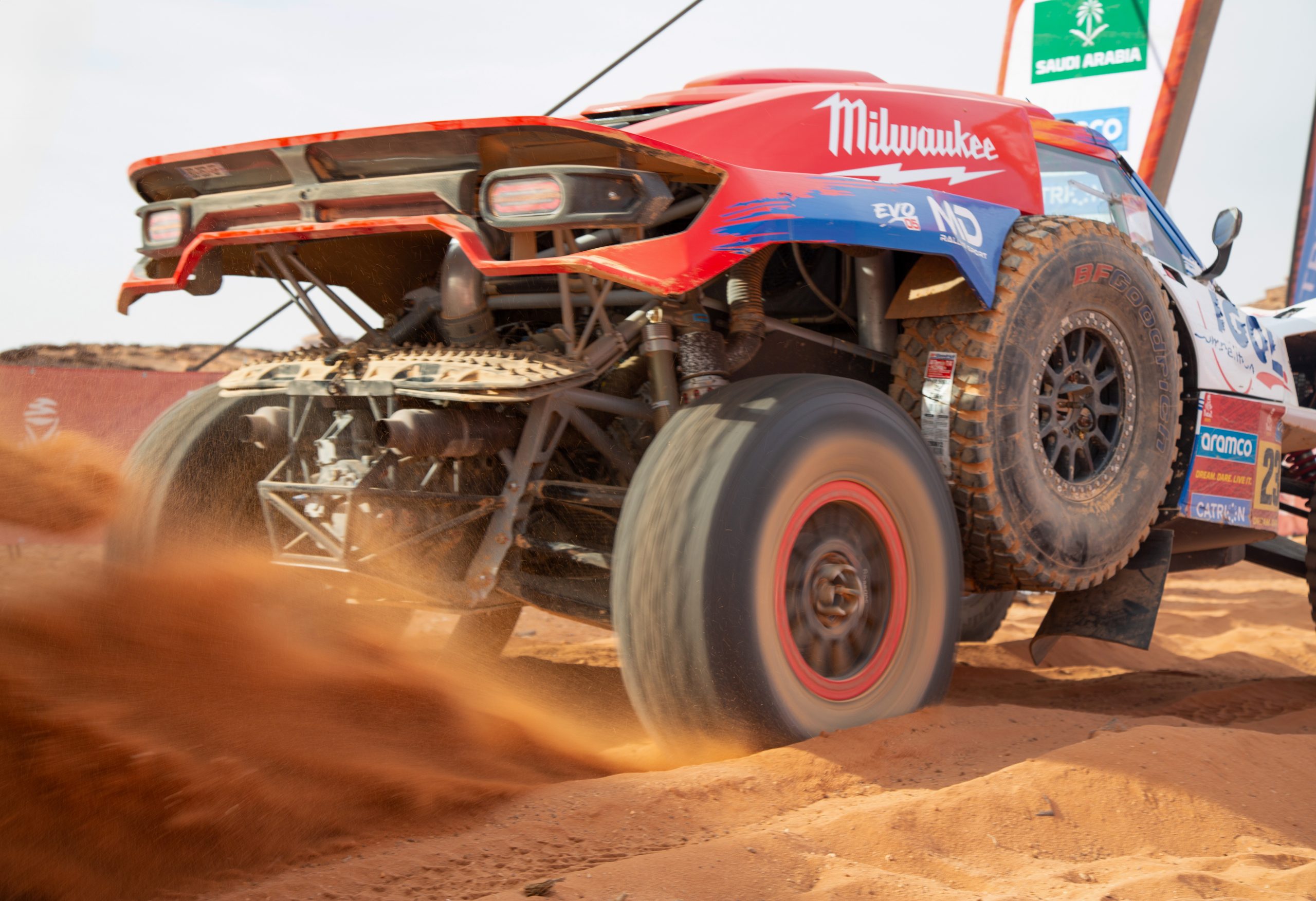
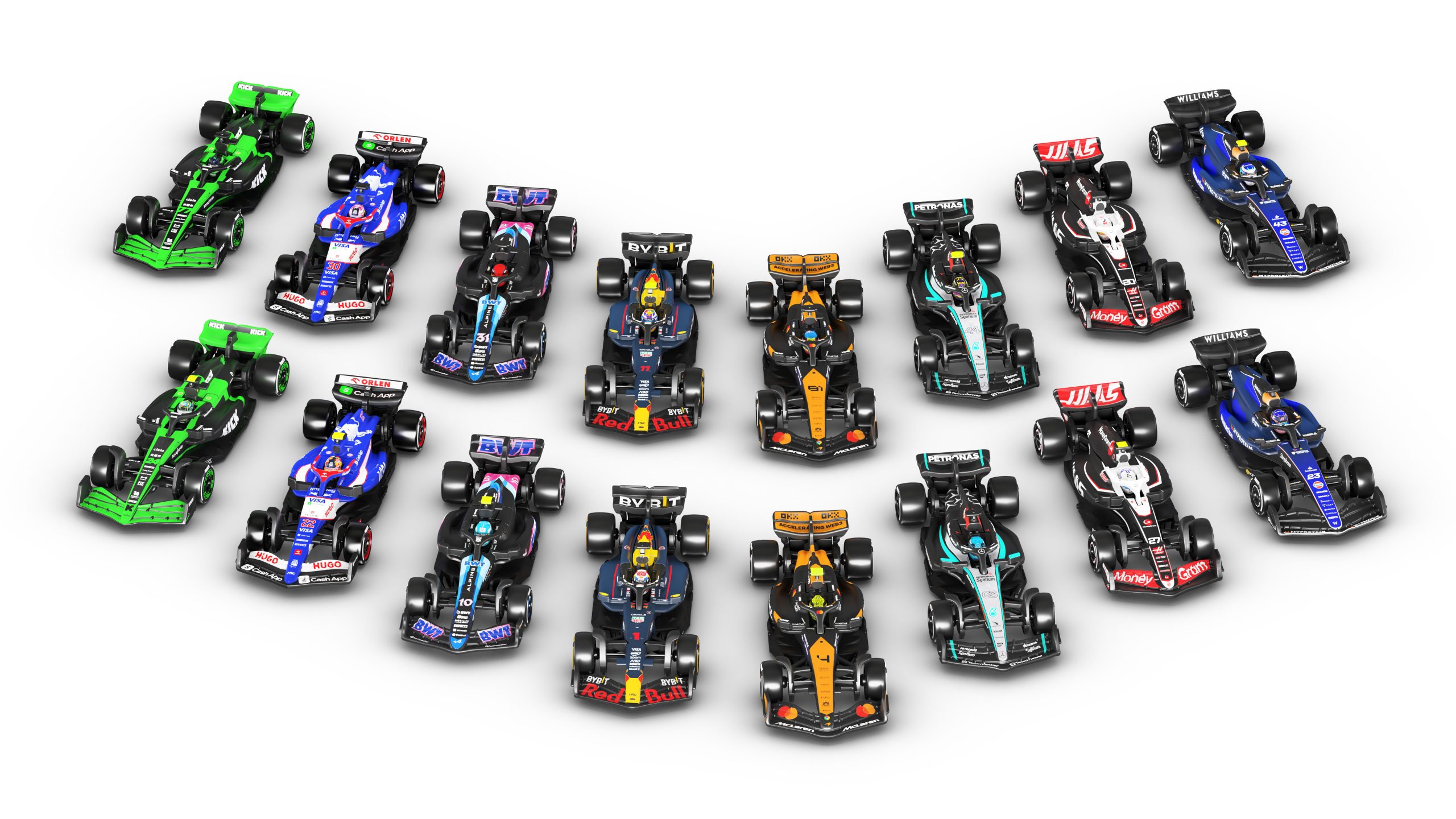






Great article – but no mention of the 2 seater specials some teams made? I wonder if any of those survive?